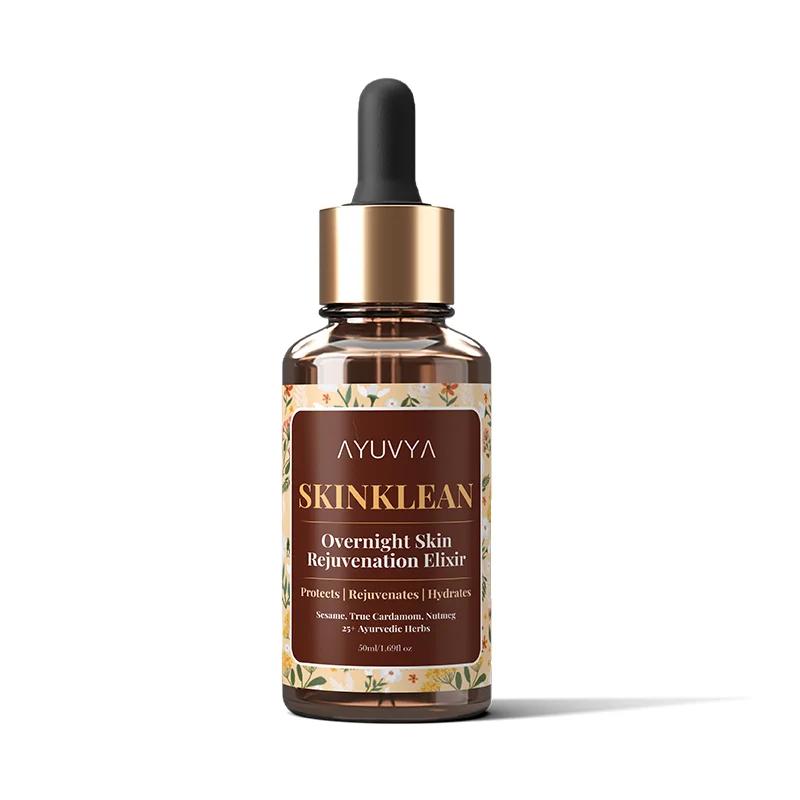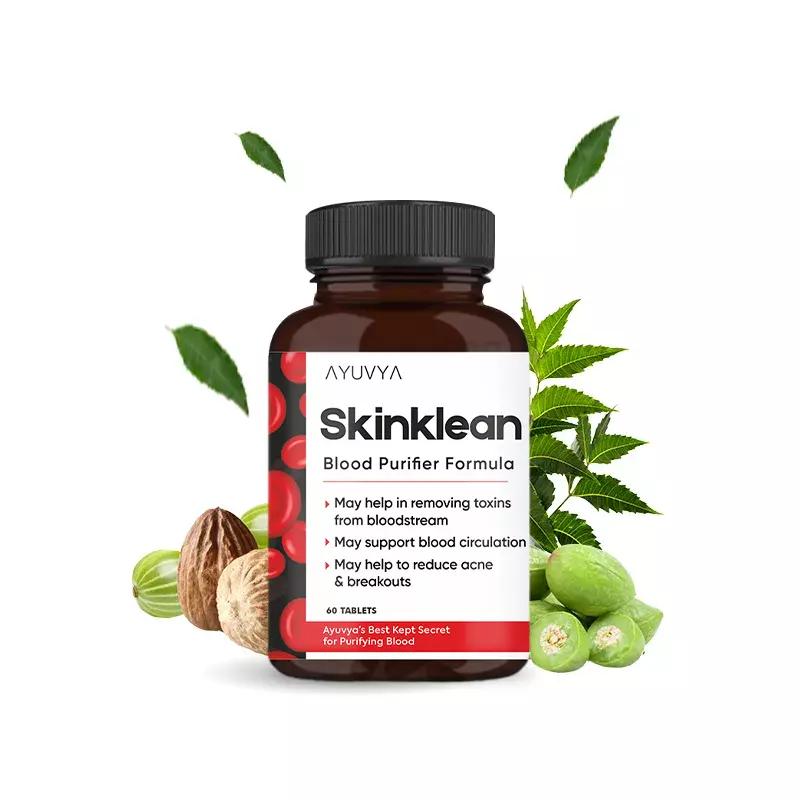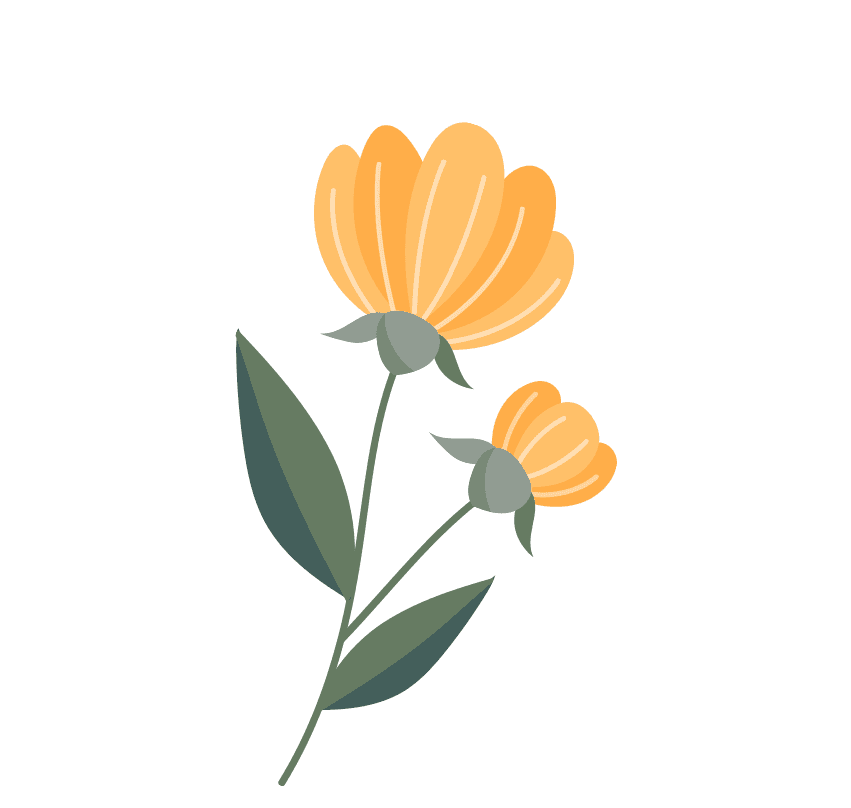Skin Fungal Infection: Six Ayurvedic Treatments to Reduce It
Aug 17, 2024

It is very common to experience fungal infections on the skin; there are several reasons and causes due to which you can experience infections. Fungal infections are typically known as ‘Mycosis’ or problems caused by yeast or fungus, which can occur in various regions such as the throat, lungs, or on skin.
Table of Contents:
- Causes of fungal infections
- Types of fungal infections on the skin
- Symptoms of fungal infections on the skin
- Ayurvedic Treatments to treat fungal infections on the skin
- Conclusion
- FAQs
As per Ayurveda, fungal infections are associated with an imbalance in doshas such as Vata, Pitta, and Kapha. Mainly, the Pitta and Kapha doshas, which typically deal with the hot and moist conditions in the body, can lead to fungal infections. Ayurvedic treatments for fungal infections on the skin include natural remedies and Ayurvedic diet plans, which can improve the intensity of fungal infections without chemical supplements.
Causes of fungal infections:
Fungal infection can occur due to various reasons such as:
1. Moist or humid environment:
Fungus develops in moist and humid environments. For example, areas where you have excessive sweat, such as armpits and feet, are more prone to infections.
2. Excessive use of antibiotics:
Long term usage of medication can imbalance good and bad bacteria in the body, which leads to fungal infections on the skin.
3. Uncleanliness:
Not bathing regularly and not keeping the your skin dry, and always staying in moisture and dirt, can lead to fungal infections on the skin.
4. Sweating:
Excessive sweating, especially in summer and due to tight clothing, can make the skin moist and more prone to fungal infections.
5. Not keeping your personal things personal:
Sharing items such as razors, socks, tops, towels, and combs can increase the risk of fungal infections, try to avoid it and keep it seperate.
Types of fungal infections on the Skin:
There are several types of fungal infections that can occur on your skin, some of them are mentioned below:
1. Yeast infection:
Yeast infection is a very common type of fungal infection that occurs mainly on the hands and legs and also on various other places. You can generally notice acne-like bumps with redness and rash in this.
2. Tinea Cruris:
It is known as ‘Jock itch’, it mainly occurs in the area near the genitals such as the inner thighs, buttocks, and more. Under this infection, you can observe red, itchy, and ring shaped rashes on the affected area with excessive itchiness.
3. Pityriasis versicolor:
Under this fungal infection, you can observe small patches on the chest, back, and upper arms which are slightly darker than the normal skin.
4. Onychomycosis:
This fungal infection is also known as ‘Nail fungus,’ under this infection, your nails become thicker, colorless, and hard. It can affect all the nails of your body.
5. Seborrheic dermatitis:
This fungal infection can also be caused by ‘Malassezia,’ which is a type of yeast that helps in developing skin infections. It can lead to redness on the skin, mainly on the scalp, and can lead to excessive dandruff.
Symptoms of fungal infections on the skin:
The common symptoms of fungal infections include redness, itchiness and a few others mentioned below:
1. Redness:
If you have fungal infections on the skin you can observe redness or pinkish patches in the affected areas, if you have an eye infection you can observe redness under the eyes, or pinkish patches on the hands or on legs.
2. Swelling:
You can observe swollen skin along with redness if you have a fungal infection, You can observe this along with irritation and uncertainness.
Swelling is a common outcome when your skin is infected by fungi. Along with the redness, you might see the skin becoming puffy or swollen. This swelling can be accompanied by a feeling of irritation or discomfort, making the affected area feel tender or warm to the touch.
3. Rashes:
Rashes are often one of the first signs of a fungal infection on the skin. These rashes can range from mild to severe and are typically accompanied by swelling and pain. They might appear as red, inflamed spots or patches that are itchy and uncomfortable.
4. Patches:
Fungal infections can cause distinct patches on your skin that may look darker or duller than the surrounding areas. These patches can vary in size and shape, and they often come with symptoms like itchiness and irritation. The skin within these patches might feel rough or scaly.
5. Itchiness and irritation:
One of the most bothersome symptoms of a fungal infection is itchiness. The affected areas may feel intensely itchy, which can lead to scratching and further irritation. This constant itchiness can make the skin feel sore and inflamed.
6. Cracked and stiff skin:
In more severe cases of fungal infection, the skin may start to crack and become stiff. This happens because the skin’s natural barrier is compromised, leading to dryness and potential fissures. The cracked skin can become painful and might make everyday activities uncomfortable.
Ayurvedic Treatments to treat fungal infections on the skin:
Fungal infections can cause you irritation and difficulty in doing daily chores and can make you away from normal, Ayurveda have some really good solutions to manage it some of them are mentioned below:
1. Vamana Treatment:
This traditional vomiting treatment includes a planned vomiting procedure to balance Kapha Doshas mainly. This helps in removing toxins from the body and also allows us to detoxify our body effectively.
2. Desi ghee and camphor:
You can take 5-6 Camphor balls which ius used for holy purposes, then add in 4-5 spoons of pure Ghee cook it at least for 5-10 minutes till the camphor is dissolved in Ghee. This DIY paste moisturizes the skin, while camphor has antifungal and cooling effects, which can help ease itching and infections.
3. Neam water:
To make Neem water for skin infections, boil the neem leaves along with branches till the water turns greenish in color. Let it cool then bath with or apply soaked cotton cloth in it then apply it on the affected areas. Neem has natural antibacterial and antifungal properties that helps in treating infections and calming several skin infections.
4. Tea tree oil:
This essential oil has strong antifungal properties. It is a natural oil which consists of various benefits such as antifungal properties. It can help reducing fungal growth and irritation on the skin.
5. Coconut oil:
Coconut oil consists of lauric acid, which has antifungal and moisturizing and cooling effects. Applying it to the infected area can help calming irritation and fungal infections along with treating hyperpigmentation.
6. Aloe vera gel:
Aloe vera has cooling and anti inflammatory properties and anti bacterial properties. Applying fresh aloe vera gel can help to reduce irritation and skin fungal infections.
7. Honey:
Honey has natural antifungal properties and can be used as a skin fungal treatment. Apply a thin layer of honey to the infected area to help reduce fungal growth and then wash it with fresh water after 30 minutes.
8. Multani Mitti pack:
Multani Mitti, or Fuller’s Earth, can be used as a pack. It absorbs excess moisture and helps in drying out the infection. Mix it with water to form a paste and apply it to the affected area and it provides cooling properties.
Conclusion
Fungal infections on the skin can be quite uncomfortable to treat. It is important to take proper care and understand all the causes, such as sweating, hygiene, and others, that can lead to fungal infections. To manage it naturally, there are several Ayurvedic remedies for fungal skin infections. Ayurvedic treatment for skin fungal infections typically involves balancing doshas, particularly pitta and kapha. It includes treatments like applying amla, multani Mitti packs, neem water washes, and more. Start using these treatments instead of heavy chemical-laden medicines, as this will heal the skin infection naturally.
Frequently Asked Questions
Generally it is recommended to avoid spices and fatty things.
The following herbs are highly recommended for treating skin fungal infections such as, cinnamon, aloe vera, oregano, ginger, neem, clove, and mint.
You can opt for neem and karela juice, or ginger and turmeric tea, it works magic in treating fungal infections.
Mainly Vata and Pita Doshas are responsible for all the infections in the body. To reduce it have a balanced vata and pitta friendly diet.
You can use Neem leaves, Aloe Vera and other herbs which can help in reducing the fungal as well as bacterial infections.















